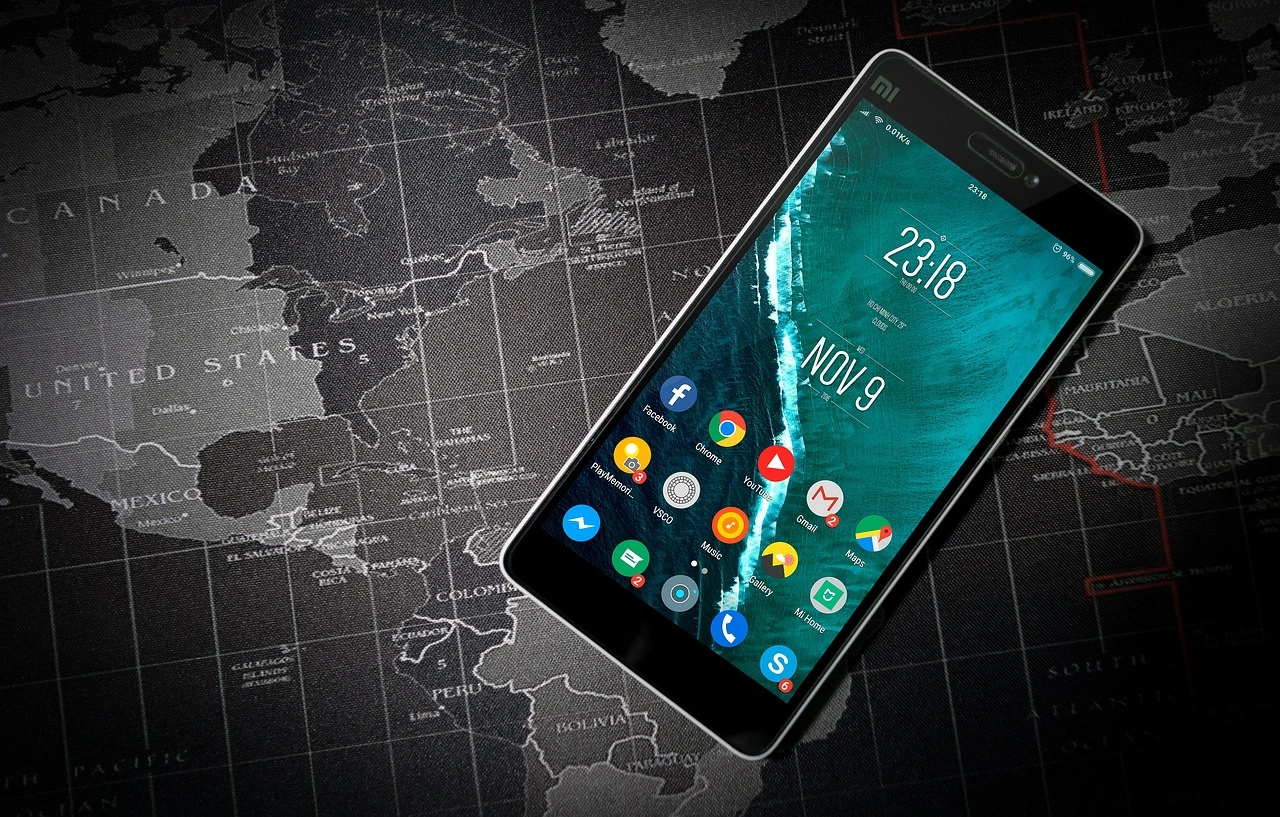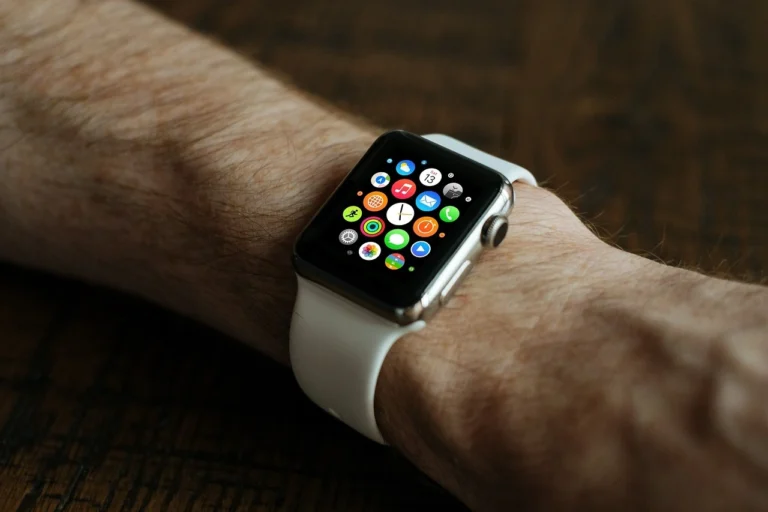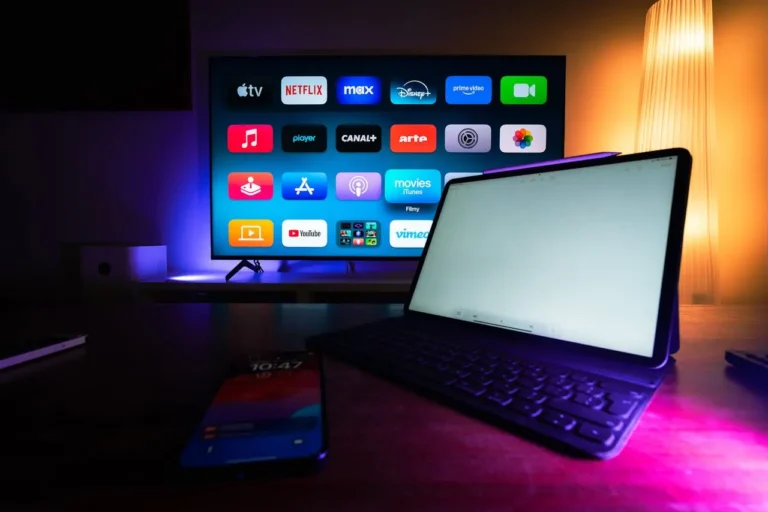
Have you ever wondered how your favorite apps, whether it’s for shopping, entertainment, or productivity, came to life? I still remember the first time I downloaded an app that truly changed how I organize my day. It got me thinking: “How do these things actually get made?” So, I set out to learn more about mobile application development, and what I discovered was nothing short of fascinating.
In this article, I’ll take you through the world of mobile app development with a special focus on Android, the platform that powers over two billion devices worldwide. Through personal experiences and insights, I’ll walk you through the steps, challenges, and incredible impact Android has had on the mobile app development world. By the end, you’ll see why Android is not just an operating system but a pivotal force in shaping the tech world as we know it.
What is Mobile Application Development, and How Does Android Influence It?
Mobile application development is all about creating software that works on mobile devices like smartphones or tablets. When I first dabbled in app development, I quickly realized it wasn’t just about coding and testing. It’s about solving real-world problems, whether it’s helping people stay organized or providing entertainment on the go.
As I dug deeper into Android development, one thing became crystal clear: Android has revolutionized the mobile application industry. Unlike other platforms, Android’s open-source nature offers flexibility. Developers can take the system, tweak it, and create unique apps that work seamlessly across millions of devices. When I first started building Android apps, I found this openness to be a major advantage, more freedom to innovate without major restrictions.
From a business perspective, the importance of Android cannot be overstated. Many small businesses I know have gained a competitive edge simply by developing Android apps. This is because Android’s massive user base means their apps reach a wide audience across diverse geographical regions. Plus, with the Google Play Store being the go-to hub for millions of Android apps, the visibility for developers is phenomenal.
Why Choose Android for Mobile App Development?
Now, you might be asking, “Why Android?” Well, in my early days as an aspiring developer, this was the first question I had to answer. The reasons are numerous, and after spending time working on Android, I can tell you with certainty that it’s one of the best platforms to develop for.
One of the key factors is cost-effectiveness. In my experience, developing for Android is more affordable than other platforms. There’s a low initial investment, a one-time registration fee of $25 to publish your app on the Google Play Store. Compare that to the steep fees required for platforms like iOS, where costs can quickly add up if you want to get your app in front of millions. This lower barrier to entry is a major reason why Android has such a broad range of apps, from simple tools to complex systems.
The open-source nature of Android also appealed to me when I first started. Developers have access to the source code, meaning we can modify and customize it as needed. This gave me the flexibility to try out new features and integrate them into my apps without running into licensing issues. Plus, the ability to test on a wide range of devices and configurations made Android particularly appealing.
Most importantly, I love how Android apps reach a massive and diverse user base. I once created a productivity app for a local business, and the Android platform allowed us to get the app into the hands of thousands of users quickly. Not only did we gain visibility in local markets, but we also connected with people across the globe.
The Ripple Effect: How Android App Development Impacts Various Sectors
Android app development isn’t just a tech phenomenon; it’s had a significant influence across different sectors. The ripple effect of Android’s impact has been felt from education to healthcare, business to entertainment. I’ve had the privilege of working on projects in several industries, and seeing how Android apps change the landscape is nothing short of incredible.
For example, let’s talk about education. I had the chance to develop a learning app for kids, and the process showed me firsthand how Android can break down barriers in education. One of the things I noticed was how easy it was for teachers and parents to access educational tools via Android, making it easier for students in remote areas to access learning resources. Apps on Android can be tailored for any age group or educational need, whether it’s a game for kids or a specialized app for higher education.
In the healthcare sector, I’ve worked with developers who built apps to track fitness goals and offer telehealth services. What’s especially exciting is how these apps empower individuals to take charge of their health in ways that weren’t possible just a decade ago. Android has also played a key role in making healthcare more accessible and affordable. Patients in rural areas can now consult doctors remotely via Android apps, reducing the need for long trips to hospitals.
As for business, the mobile app revolution has changed how companies operate. During my time in development, I saw how Android apps for retail, e-commerce, and customer service helped businesses scale quickly. I’ve worked with companies that built inventory management apps, which not only streamlined operations but also significantly reduced errors and increased efficiency.
Navigating the Development Process: From Idea to App
I’ll be honest, when I first ventured into mobile app development, the process seemed daunting. The idea of turning a concept into a fully functioning Android app felt like a huge undertaking. But as I went through the journey, I realized it’s all about the steps, and trust me, those steps are worth it.
First, there’s the conceptualization phase. This is where I began brainstorming and thinking about real-world problems that could be solved with an app. I still remember coming up with the idea for an app that would help people find local restaurants and bars. It started as a simple thought over a cup of coffee and eventually turned into a full-blown project.
Next came the design and development phase. This part was challenging for me at first. I had to ensure that the app was user-friendly, which is no small task. I spent countless hours designing intuitive interfaces and coding the features. During this phase, I learned the importance of writing clean, well-structured code, because, trust me, messy code leads to headaches later on.
After development, it was time for testing. This is where I encountered a hiccup with my app crashing on different Android devices. It wasn’t until I learned to test on a range of devices with varying screen sizes and OS versions that I understood the importance of thorough testing. No matter how well you think you know your app, testing is a crucial step to ensure it works smoothly across all devices.
Lastly, there’s the deployment phase, seeing the app finally go live is incredibly rewarding. I vividly remember the rush I felt when my first app was published on the Google Play Store. It’s an exciting moment when you realize that people all over the world can download and use your creation.
Challenges on the Horizon: Navigating the Android App Development Landscape
Of course, like anything in life, Android app development comes with its share of challenges. I’ve faced my fair share, and I’m sure many developers can relate to some of these.
One major hurdle is device fragmentation. When I first started developing for Android, I had no idea just how many different devices and screen sizes there were. With hundreds of Android devices out there, making sure my app worked perfectly across all of them was a nightmare. But over time, I learned to use design principles that worked well on a variety of screens and developed a deeper understanding of Android’s ecosystem.
Another challenge I faced was staying updated with the latest trends and tools. The tech world moves fast, and with Android, it’s no different. Each new Android version brings new features, design guidelines, and programming languages to learn. I’ve spent countless nights reading blog posts, attending webinars, and experimenting with new tools to keep my skills sharp.
Looking Ahead: The Future of Android and Mobile Application Development
Looking to the future, it’s clear that Android and mobile application development will continue to evolve. I’m excited about where this field is headed and the innovations we can expect in the coming years.
For one, artificial intelligence (AI) is poised to play a huge role in Android app development. I’ve already seen apps integrating AI to improve user experience, whether it’s through voice assistants, personalized recommendations, or even predictive text. As AI becomes more mainstream, I expect to see even more intelligent apps in the future.
Moreover, I believe wearables like smartwatches will become a significant part of the Android app ecosystem. As I worked on a health-focused app recently, it became evident that wearables would be a game-changer in fitness tracking and wellness apps. Developers will need to ensure their apps are compatible with these devices, offering new opportunities for innovation.
Conclusion
Looking back at my journey in Android app development, I can say it’s been an exciting, ever-evolving adventure. From the initial stages of learning the ropes to facing the challenges of device fragmentation and staying current with trends, Android has not only opened up countless opportunities for developers but has also had a profound impact on various industries.
As Android continues to grow, I’m eager to see what the future holds. With the rise of AI, wearables, and new development tools, the landscape is ripe for innovation. I can’t wait to keep learning and experimenting with new ideas, and I hope you, too, are inspired to dive deeper into this ever-expanding world. The Android effect is real, and it’s changing everything we know about mobile technology.







